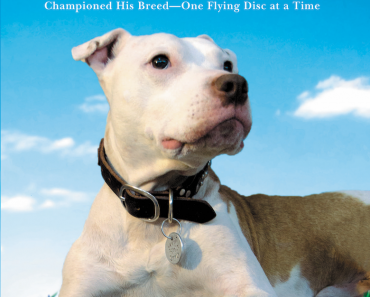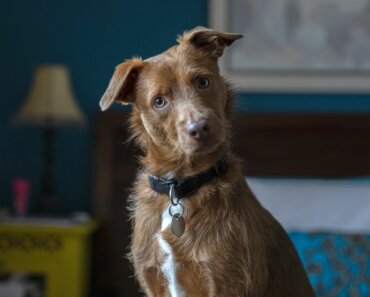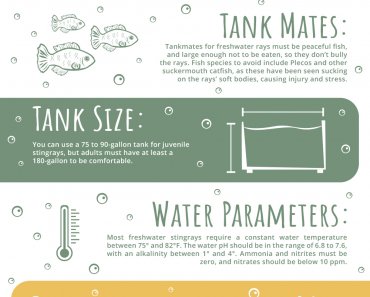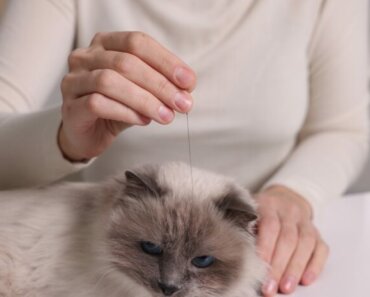If your dog doesn’t like kids, counter-conditioning, desensitization, and other training techniques can help him feel more comfortable in the presence of children.
Children and dogs often form wonderful relationships. But some dogs are uncomfortable around kids and may react with fear. They may walk away, hide, or bark and lunge at children. Why is that? Certainly, a dog that was taunted or teased by children in the past is likely to remember this experience and form negative associations with kids. But often, a dog’s discomfort around children stems from the lack of exposure to them during puppyhood. Here’s what to do if your own dog reacts negatively towards children.
1. Change the way your dog feels about kids
We can change our dog’s negative feelings toward something and create new positive associations by rewarding her (e.g. with food) when the fear trigger (i.e. a child) appears. This technique is called “counter-conditioning”. As soon as your dog looks toward the child, quickly feed her several bite-sized treats and continue to do so as long as the child is in sight. When the child is no longer in sight, the rewards stop. Your dog does not need to perform any behavior in order to be rewarded. You are simply teaching her that when a child appears, wonderful things happen: she gets yummy treats.
It is important to start at the distance at which your dog notices the child but does not react. This means you are keeping her under her “stress management threshold”. This distance varies from dog to dog; it can be anywhere from a few feet to an entire block away from the child. Over time, gradually decrease the distance at a pace that your dog can handle. You may also add a phrase to prepare your dog. In a happy tone, say: “Look, there’s a kid.” When your dog looks at the child, give her a treat. Eventually, she may look to the child and then immediately turn to you. When this happens, praise and reward her enthusiastically because this is the behavior you want. You will need to apply the counter-conditioning technique consistently over a long period, so carry treats with you whenever you take your dog out.
If your dog is uncomfortable around rambunctious children but is friendly as long as they are calm, a quite child can assist you with counter-conditioning. Provided it is safe to do, and under your supervision, the child can feed your dog treats, reward her for performing a simple behavior that she knows (e.g. sit), or gently pet her as long as your dog enjoys it. The child must be mature enough to follow instructions. Keep interactions short and positive.
If you need help or encounter any problems, seek the help of a professional positive reinforcement trainer.
 2. Learn how dogs communicate
2. Learn how dogs communicate
To determine how your dog feels about a situation, it is imperative to have an understanding of canine body language and learn to recognize stress signals. Many signs of stress are much more subtle than barking or lunging. Look for the following red flags from your dog:
- Looking away from the child
- Turning his head or entire body away from the child
- Walking away
- Yawning
- Lip licking
- Lifting one front paw
- Showing the whites of his eyes
- Tucking his tail
- Holding his ears back or flattened against the head
- Moving slowly
- Being still
- Stiffening his body
- Shaking
As soon as you notice any of these signals, remove your dog from the situation to avoid any escalation. Many dog bites could be prevented if these stress signals were recognized early on. The next time you watch one of those viral videos showing kids and dogs, watch closely for these stress signals. You will be surprised to find many “cute” videos actually depict dogs in distress.
3. Desensitize your dog to scary situations
Even with the best prevention and management techniques, unexpected things happen. A child may suddenly run toward your dog, unexpectedly touch or hug him, or pull his tail. You can prepare your dog for these frightening situations by systematically desensitizing him.
Get your dog used to fast movements by practicing with him yourself in a controlled environment. Make sure you start at a pace and distance that your dog can handle. You may have to begin with walking, then jogging, then running toward your dog. Very gradually increase your pace and the intensity of your movements. Praise and reward your dog and never go past his comfort level.
 To get your dog used to unexpected touches, start by gently touching him all over his body. If he tolerates being touched everywhere, move to gently pulling his ears and tail, nudging and even hugging him. Build up very gradually; for example, hug him lightly for a brief second, then work up to gradually hugging him a bit tighter and then for a little longer. After each action, reward him with a yummy treat. The goal is not to make your dog uncomfortable, but to increase his tolerance for those uncomfortable situations should they ever occur.
To get your dog used to unexpected touches, start by gently touching him all over his body. If he tolerates being touched everywhere, move to gently pulling his ears and tail, nudging and even hugging him. Build up very gradually; for example, hug him lightly for a brief second, then work up to gradually hugging him a bit tighter and then for a little longer. After each action, reward him with a yummy treat. The goal is not to make your dog uncomfortable, but to increase his tolerance for those uncomfortable situations should they ever occur.
You can desensitize your dog in this manner to any situations that frighten him and that he may encounter in real life — e.g. stepping over him while he is lying down, touching him when he is not looking, or sudden loud noises. Always start at a level where your dog is comfortable and then gradually build on that. And always make it a positive experience for him. If he shows signs of stress, you progressed too fast. Go back to a level where he was comfortable and build up from there.
4. Teach your dog substitute behaviors
Basic behaviors should be in every dog’s repertoire. Help your dog navigate the human world by teaching her what you want her to do rather than punishing her for unwanted behaviors. To prevent your dog from chasing children, you can teach her several substitute behaviors:
“Stay” and “leave it” are impulse control behaviors. If your dog knows how to sit or lie down and stay around distractions, you can ask her to perform this behavior instead of approaching kids. The same goes for “leave it”. This cue does not only mean leaving food or objects but, once generalized, applies to anything that you want your dog to back away from, including other dogs, squirrels, and children.
Should your dog chase a child, a solid recall will enable you to call your dog back. This is an important behavior for every dog to learn.
A fun substitute behavior is the “find it” game. Say “find it” then toss a treat on the ground. Play this game often, and your dog will eventually put her nose to the ground to search for treats as soon as she hears the words “find it”. This is a great tool for redirecting your dog’s attention while you pass children on the sidewalk. You may also play the game in the presence of children to create a positive association.
5. Respect your dog’s feelings
Dogs and kids can form friendships that last for life. But not every dog enjoys the company of children. We have to be our dogs’ advocates and not force them to interact with kids — or anyone for that matter — when they prefer not to.
Apply the counter-conditioning technique consistently. Be patient and go at a pace your dog is comfortable with. While you can do a lot to help your dog to be less fearful of children, the fear may never extinguish completely. He may never love kids, but if you are consistent with your training, prevention and management, while keeping it positive and respecting your dog’s feelings, you should have some success.




























